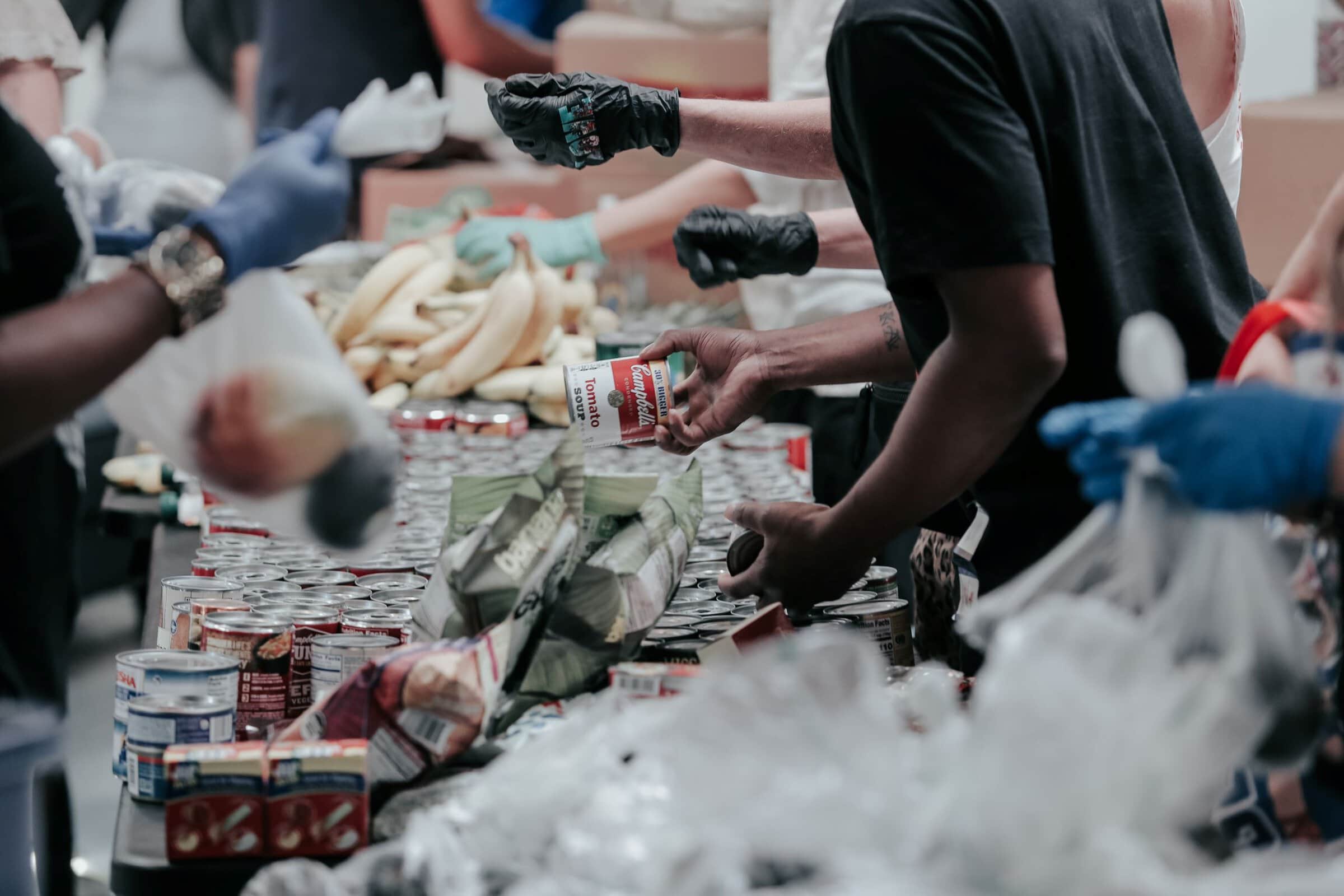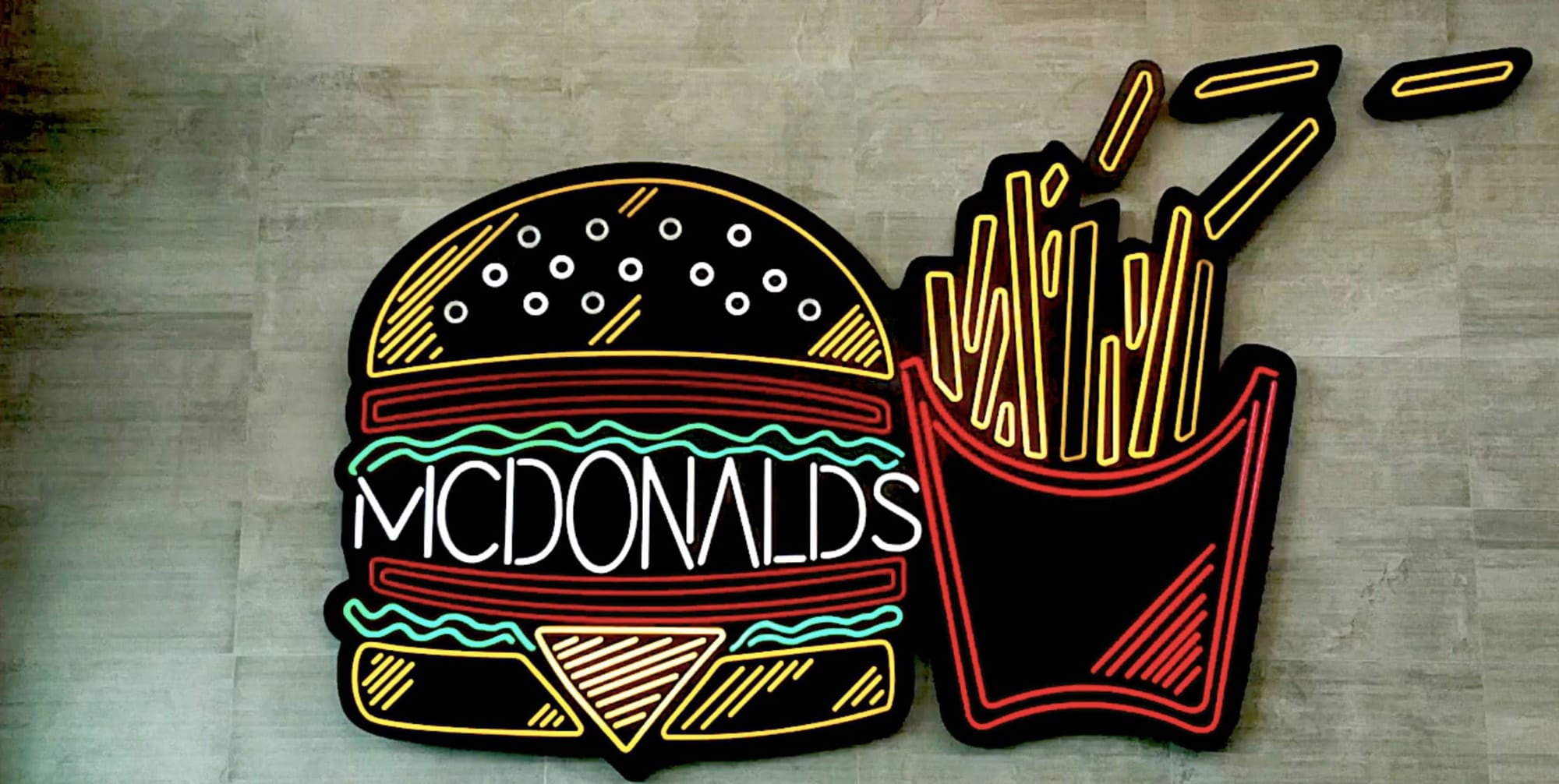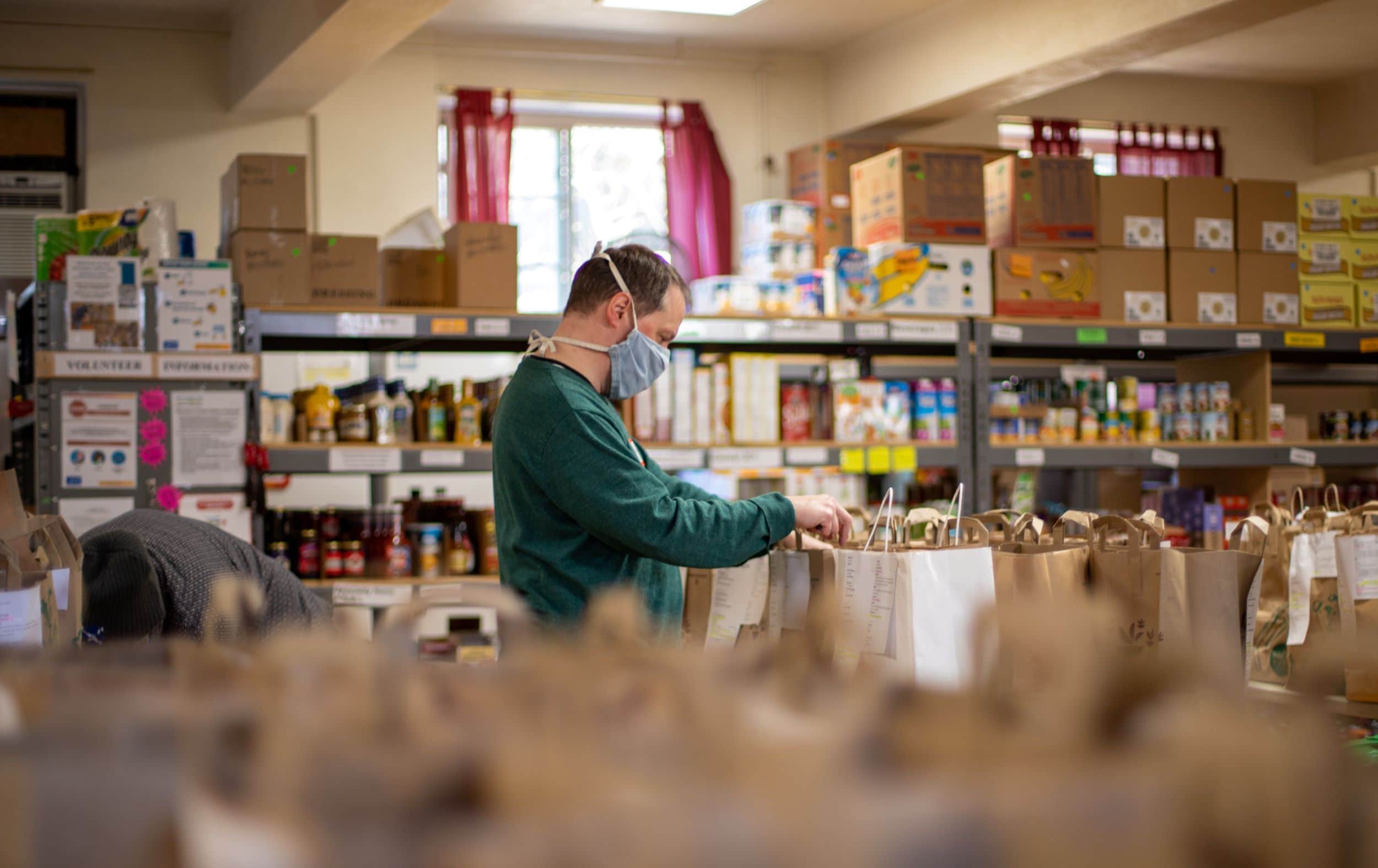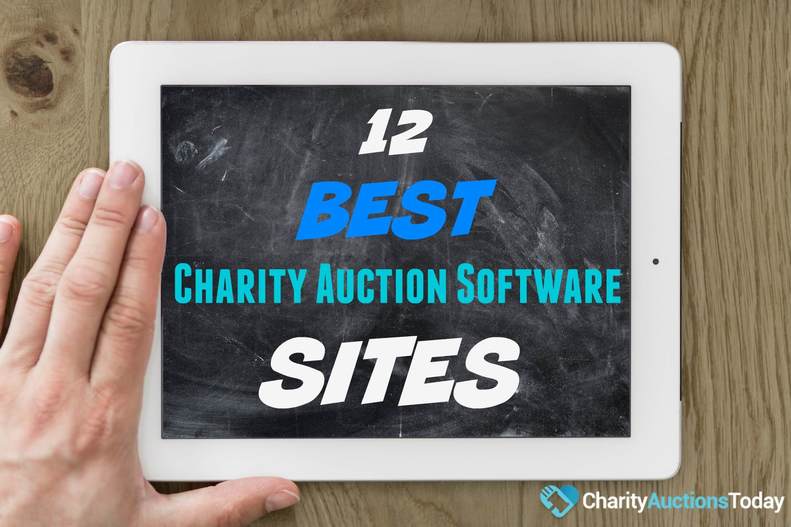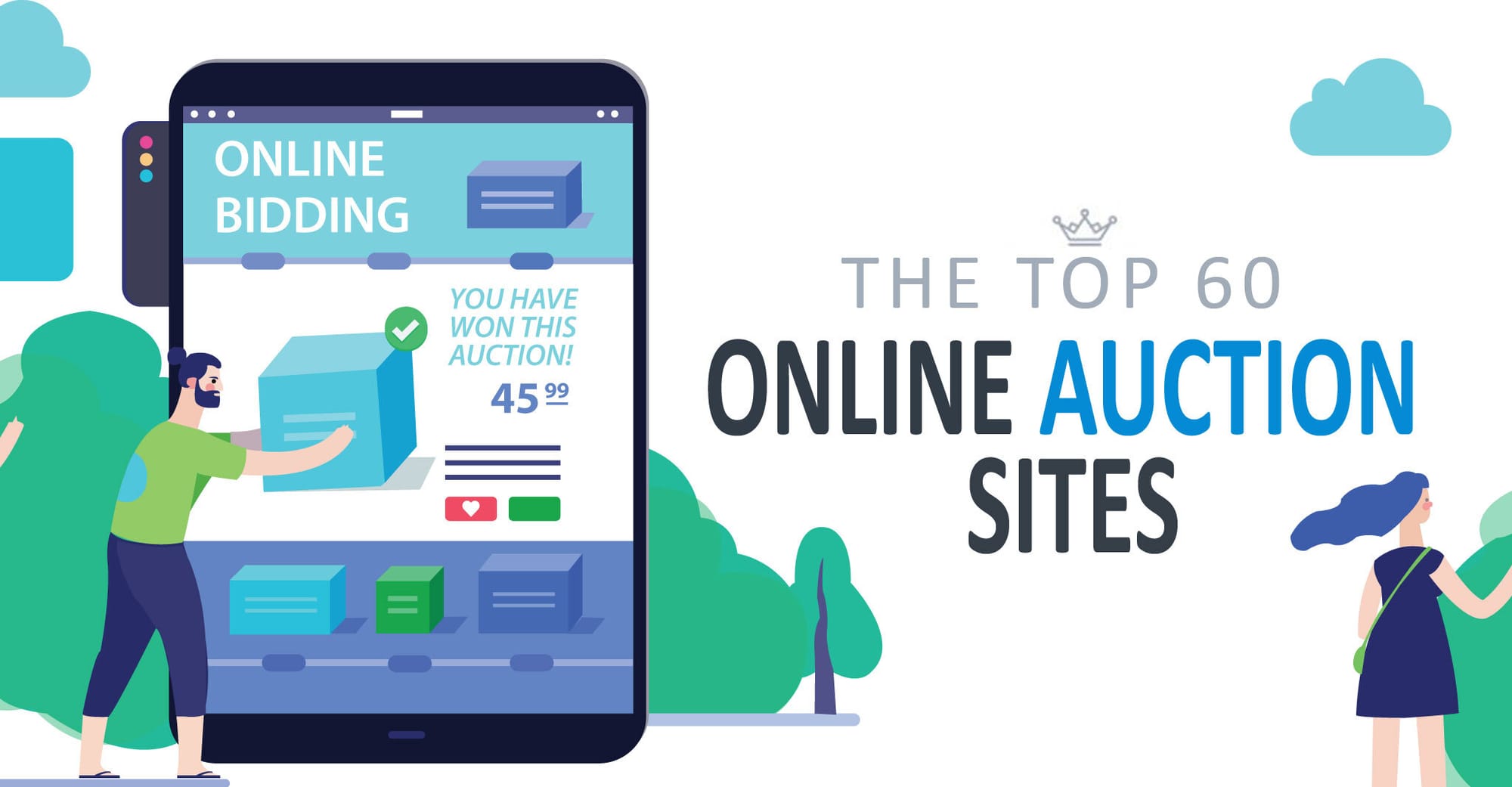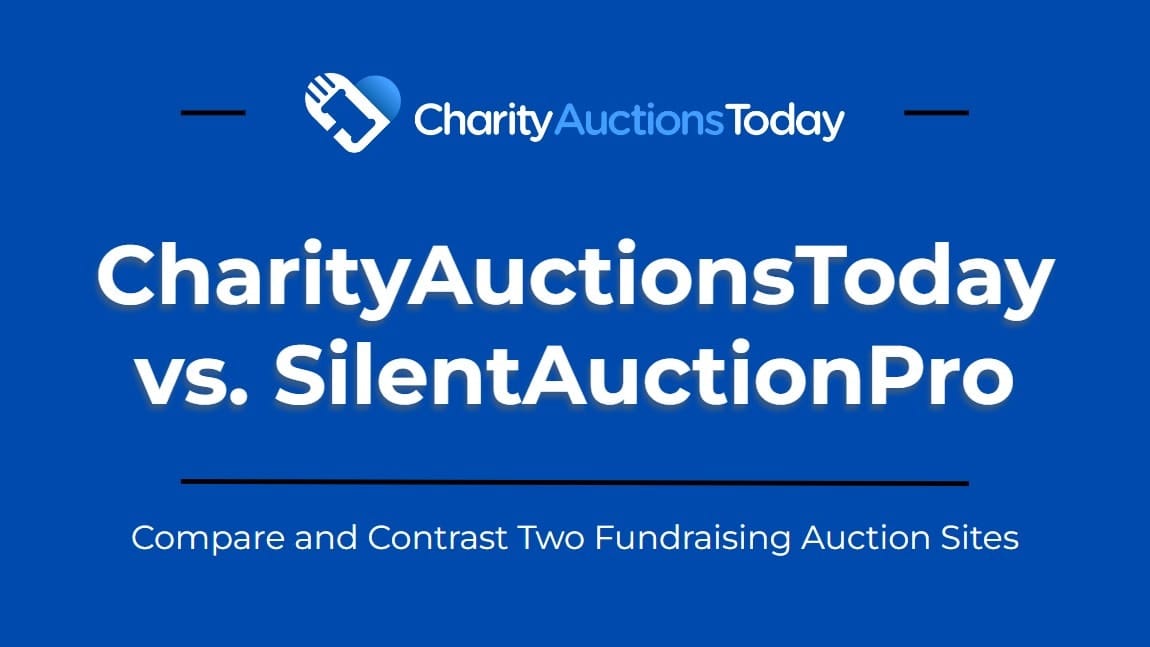Learn 10 ways to make Giving Tuesday 2025 a success. CharityAuctionsToday can help your cause take advantage of this day of generosity.
Giving Tuesday is a global movement that encourages people to give back to their communities and support charitable causes. It takes place on the Tuesday after Thanksgiving (that’s the United States’ Thanksgiving, just to be clear) and has become a significant day for nonprofits and individuals alike. This day of generosity has grown in popularity since its inception in 2012, with millions of people around the world participating each year. In this article, we will explore 10 ways to make Giving Tuesday 2025 a success, providing practical tips and strategies to maximize your impact.
Don’t Let Your Giving Tuesday Stop at Donations
Use this momentum to do something bigger. Launch an auction that amplifies your cause, keeps people engaged, and turns donors into participants.
Launch Your Giving Tuesday Auction1. Plan Ahead
To ensure a successful Giving Tuesday campaign, it is crucial to plan ahead of the date: Giving Tuesday 2025 is on December 3rd, unusually late. Start by setting clear goals and objectives for your campaign in October or early November. What do you hope to achieve? How much money do you aim to raise? Which specific initiatives or projects do you want to support? By answering these questions, you can create a detailed plan of action.
Once you have your goals in place, create a detailed timeline for your campaign. This should include key milestones and deadlines, such as when to launch your campaign, when to send out donor communications, and when to follow up after the event. With planning, you can allocate resources effectively, ensuring that every aspect of your campaign is well-coordinated and executed.
2. Build a Strong Online Presence
In today's digital age, having a strong online presence is essential. This is particularly true for Giving Tuesday, which relies heavily on online donations. Start by creating a dedicated landing page or website for your Giving Tuesday campaign. This should be visually appealing, easy to navigate, and clearly communicate your campaign's goals and objectives. You can create an event page right here with its very own donation link.
Use compelling visuals and engaging content to draw visitors in and encourage them to donate. This could include photos or videos of the people or projects your campaign will support, infographics showing the impact of donations, or testimonials from previous donors.
Leverage social media platforms to spread the word about your campaign and engage with potential donors. Regularly post updates about your campaign, share stories of the impact of past donations, and encourage followers to share your posts with their networks. Remember to use the hashtag #GivingTuesday to increase your visibility.
3. Collaborate with Partners
Collaborating with partners can significantly amplify the impact of your Giving Tuesday campaign. Identify organizations or businesses that share similar values and goals. These could be local businesses, other nonprofits, or even influencers who can help spread the word about your campaign.
By working together, you can pool resources, reach a wider audience, and create a more significant impact. For example, you could co-host events, share each other's social media posts, or even launch a joint fundraising campaign. Remember, the goal of Giving Tuesday is to foster a spirit of generosity and community, and collaborating with partners is a great way to do this.
4. Leverage Matching Gifts
Matching gifts are a powerful tool to incentivize donations. Many companies offer matching gift programs, where they match their employees' charitable donations. Reach out to corporate sponsors or major donors and ask if they would be willing to match donations made on Giving Tuesday. This not only encourages individuals to donate but also doubles the impact of their contribution.
Promote matching gifts on your website and social media platforms to maximize their effectiveness. Make sure to clearly explain how the matching gift process works and how donors can ensure their donation is matched. You could also highlight the impact of matching gifts by sharing stories or statistics about how they have helped your organization in the past.
5. Engage with Donors
Donor engagement is crucial for the success of any Giving Tuesday campaign. This goes beyond simply asking for donations—it's about building relationships and making donors feel valued and appreciated.
Show appreciation for every donation, no matter the size. This could be as simple as sending a personalized thank-you email or letter, or as elaborate as creating a donor recognition wall on your website or at your organization's headquarters (make sure you give people the option of anonymity, though).
Provide regular updates on the impact of donations and how they are making a difference. This could be through email newsletters, social media posts, or a dedicated section on your website. Donors want to know that their money is being used effectively, and providing regular updates can help reassure them of this.
Engage with donors on social media by responding to comments and messages promptly. This not only helps build relationships with donors, but also shows that you value their input and feedback.
6. Create a Sense of Urgency
Creating a sense of urgency can motivate individuals to take immediate action. Set specific fundraising goals for Giving Tuesday and communicate them to your audience. For example, you could aim to raise a certain amount of money, or to get a certain number of new donors.
Use countdown timers or progress bars on your website to show the remaining time or amount needed to reach the goal. This creates a sense of urgency and can motivate donors to give.
Highlight the urgency of the cause you are supporting. Explain why donations are needed now, and what will happen if the funds are not raised. This can help donors understand the importance of their donation and motivate them to give.
7. Tell Compelling Stories
Stories have the power to evoke emotions and inspire action. Share compelling stories of individuals or communities that have benefited from your organization's work. This could be through blog posts, videos, photos, or testimonials.
Use multimedia formats to bring these stories to life. For example, you could create a video featuring interviews with the people your organization has helped, or share photos of a project in progress.
Connect donors with the impact of their contributions by showing them how their support can make a difference. This not only helps donors feel connected to your cause, but also motivates them to continue supporting your organization.
8. Offer Incentives
Incentives can encourage individuals to donate and participate in your Giving Tuesday campaign. Consider offering small rewards or perks for different donation levels. These could be physical items, like branded merchandise or exclusive products, or experiences, like a tour of your organization or a meet-and-greet with your team.
Incentives not only motivate donors to give, but also help create a sense of community and belonging. They show donors that they are part of something bigger, and that their support is valued and appreciated.
9. Mobilize Volunteers
Volunteers play a crucial role in the success of Giving Tuesday campaigns. They can help spread the word about your campaign, engage with donors, and even help with the logistics of running the campaign.
Reach out to your existing volunteer base and encourage them to get involved. Provide them with specific tasks or roles they can take on during the campaign, such as managing social media, reaching out to potential donors, or helping at events.
Consider organizing volunteer events or activities that align with the goals of your Giving Tuesday campaign. This could be a volunteer appreciation event, a community service project, or a fundraising challenge. This not only engages volunteers, but also helps spread the word about your campaign and the cause you are supporting.
10. Follow Up and Express Gratitude
After Giving Tuesday, it is essential to follow up with donors and express gratitude for their support. This could be through personalized thank-you messages or emails, a public thank-you on social media, or a donor recognition event.
Provide updates on the impact of their donations and how it has made a difference. This could be through a report or newsletter or through regular updates on your website or social media.
By expressing gratitude and keeping donors informed, you can build long-term relationships and encourage continued support. Remember, Giving Tuesday is not just about one day of giving - it's about fostering a culture of generosity and ongoing support.
Prep Now for Success
Giving Tuesday 2024 presents a unique opportunity to make a difference in your community and support charitable causes. By planning ahead, building a strong online presence, collaborating with partners, leveraging matching gifts, engaging with donors, creating a sense of urgency, telling compelling stories, offering incentives, mobilizing volunteers, and following up with gratitude, you can make your Giving Tuesday campaign a resounding success. Start preparing early and make Giving Tuesday 2024 a day of generosity and positive change.
Frequently Asked Questions
What is Giving Tuesday and why should our nonprofit participate?
Giving Tuesday is a global day of generosity that follows the shopping weekend after Thanksgiving. It concentrates attention, unlocks matches, and provides a clear moment to rally supporters with a time-bound, mission-first appeal.
When should we start planning for Giving Tuesday, and what’s a simple timeline?
- 6–8 weeks out: set goal, line up a match, outline emails/social assets.
- 3–4 weeks: finalize landing page, recruit ambassadors, confirm sponsors.
- 1–2 weeks: schedule posts/emails, prep SMS (opt-in), test tracking.
- Day-of: staffed “war room,” hourly updates, activate ambassadors.
How do we set our Giving Tuesday goal and what KPIs should we track?
- Model donors × average gift + matches/sponsorships = gross goal; track net internally.
- KPIs: total raised vs. pace, # donors, average gift, % new donors, conversion rate, match utilization.
What’s the most effective message for Giving Tuesday?
Lead with one human story and a specific, time-bound need. Add a simple outcome (“$50 equips a student for a month”) and one clear CTA. If you have a match, say it prominently.
Which audiences should we prioritize to hit our goal quickly?
- Warm: recent donors, volunteers, event attendees.
- Warm-ish: email subscribers, social engagers, petition signers.
- Lookalike/new: via ambassador shares, partner lists, light paid social.
What email cadence works best for Giving Tuesday?
- Teaser (Mon prior): announce the goal and match.
- Morning send (GT): story + match + CTA.
- Midday update: progress bar + short testimonial.
- Final hours: countdown + “last chance to be doubled.”
What social content drives the most GT donations?
- Short vertical videos (6–20s) with captions and a direct CTA.
- Progress updates with donor shout-outs and a visible link/QR.
- Ambassador “I give because…” posts with trackable short links.
How do we use matching gifts and challenges to maximize momentum?
Secure a lead match and break it into time blocks (morning, afternoon, final hour). Name the sponsor, display remaining match funds, and show real-time progress to trigger urgency.
Should we recruit ambassadors or peer-to-peer pages for GT?
Yes—equip staff, board, and super-volunteers with personal pages, a share kit (images, captions, link), and a friendly leaderboard that tracks donors rather than dollars to keep it inclusive.
What must be on our donation page for Giving Tuesday success?
- Impact headline + brief story and progress bar.
- 3–5 suggested amounts with impact lines and a monthly toggle.
- Wallet pay (Apple/Google Pay), minimal fields, and fast load.
- “Cover fees” option and employer match prompt (optional).
How do we optimize for mobile and accessibility on GT? (General information)
- Single-column layout, large buttons, numeric keypad for amounts.
- High contrast text, labeled fields, and captioned video.
- Alt text on images and clear error messages.
General information; follow your organization’s policies.
Should we use text messages on Giving Tuesday, and how many is too many?
Use opt-in SMS sparingly: one morning reminder and one final-hours nudge with a short link. Keep copy under ~160 characters and honor preferences immediately.
How can businesses and partners boost our GT results fast?
- Fund a match hour or donate $X per donor.
- Share to employee/customer lists with your GT link.
- Offer incentives (gift card raffle) for donors during a time window.
What assets should we prepare ahead of time for a smooth day?
- 3–5 social graphics and 2 short vertical videos.
- Email templates (morning, update, final hours, thank-you).
- Ambassador toolkit: images, captions, short links, talking points.
How do we track where GT donations come from and report results clearly?
Use consistent UTMs (source, medium, campaign=giving_tuesday), enable conversion tracking, and build a simple dashboard to compare email, social, ambassadors, and ads by gifts, revenue, and cost.
How should we allocate a small paid budget for GT, if we have one?
- Prioritize remarketing (site visitors, email list uploads).
- Add one lookalike audience from past donors.
- Run ads only to the GT landing page with wallet pay and a clear match.
What roles do we need on the day to keep momentum high?
- Captain: monitors KPIs and match progress.
- Content lead: posts updates and donor thanks.
- Ambassador manager: feeds stories/assets to advocates.
- Tech support: tracks links, fixes page issues fast.
What follow-up should we send after Giving Tuesday to keep supporters engaged?
- Within 24–48 hours: thank-you with results and a photo.
- Within 1 week: impact story and invitation to monthly giving.
- Before year-end: recap and a gentle second ask for those who didn’t give.
How do we roll Giving Tuesday momentum into the rest of year-end giving?
Segment GT donors for quick thanks and updates, build a December calendar (mid-month story, final 72-hour push), and reuse the best-performing GT creative with refreshed headlines and deadlines.
What are the most common Giving Tuesday mistakes to avoid?
- Too many CTAs or sending to a generic homepage.
- Forgetting mobile wallets or slow-loading pages.
- No match, no deadline, or no progress updates.
- Skipping timely thank-yous and post-GT stewardship.
💡 Try this in ChatGPT
- Summarize the article "10 Ways to Make Giving Tuesday 2025 a Success" from https://ghost.charityauctionstoday.com/p/10-ways-to-make-giving-tuesday-a-success/ in 3 bullet points for a board update.
- Turn the article "10 Ways to Make Giving Tuesday 2025 a Success" (https://ghost.charityauctionstoday.com/p/10-ways-to-make-giving-tuesday-a-success/) into a 60-second talking script with one example and one CTA.
- Extract 5 SEO keywords and 3 internal link ideas from "10 Ways to Make Giving Tuesday 2025 a Success": https://ghost.charityauctionstoday.com/p/10-ways-to-make-giving-tuesday-a-success/.
- Create 3 tweet ideas and a LinkedIn post that expand on this FAQ topic using the article at https://ghost.charityauctionstoday.com/p/10-ways-to-make-giving-tuesday-a-success/.
Tip: Paste the whole prompt (with the URL) so the AI can fetch context.
Tom Kelly
Tom Kelly, TEDx speaker and CEO of CharityAuctions.com, helps nonprofits raise millions through auctions and AI. He hosts The Million Dollar Nonprofit podcast and inspires leaders to live their legacy, not just leave it.
Table of contents
Create Your Auction
Raise 40% more with smart bidding tools
